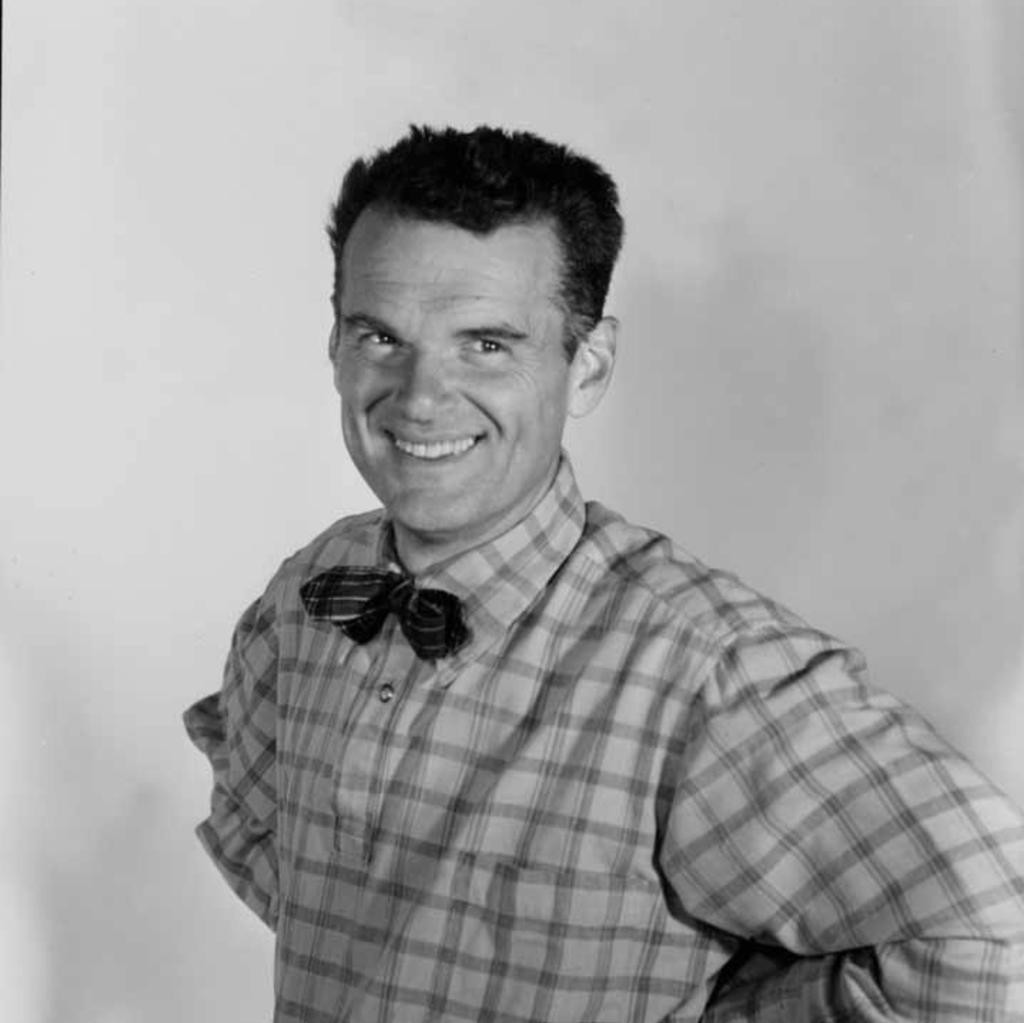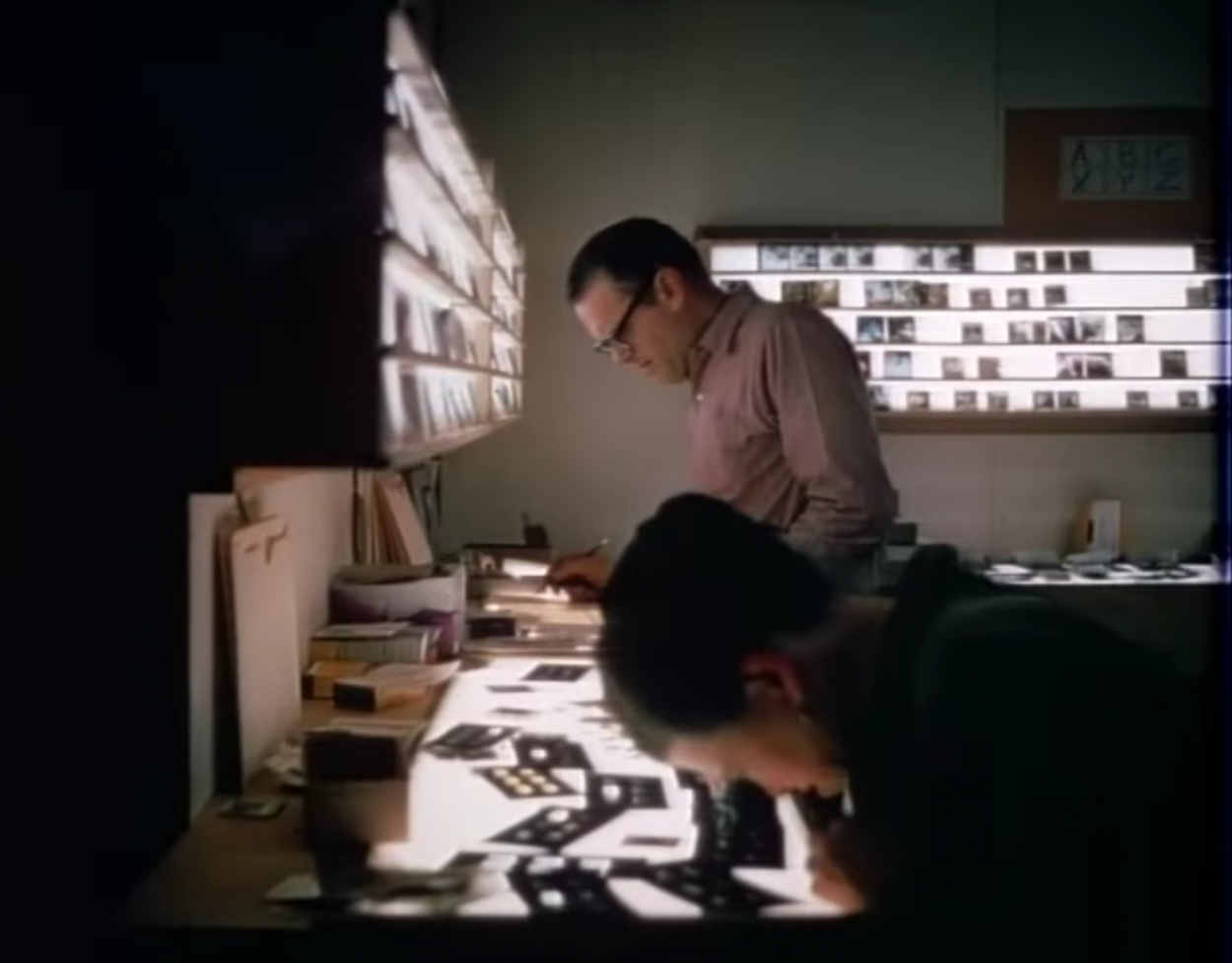Published
Mr Rogers on disaster and tragedy
Fred Rogers often told this story about when he was a boy and would see scary things on the news:
“My mother would say to me, ‘Look for the helpers. You will always find people who are helping.’ To this day, especially in times of disaster, I remember my mother’s words, and I am always comforted by realizing that there are still so many helpers – so many caring people in this world.”
From Helping Children with Scary News on pbs.org.
Fred Rogers created and hosted the classic American television series Mister Rogers’ Neighborhood for more than 30 years. Since 1963, he has been a dependable source of comfort and delight for generations of children and their parents.
The quote above feels appropriate at the moment. See also his primetime special following the RFK assasination, his article advising readers on how to help children cope with disaster, and many further anecdotes on fredrogers.org and exhibit.fredrogerscenter.org.
The final new episode of Mister Rogers’ Neighborhood aired on 31 August 2001. His goodbye message was aired on PBS a year after the 9/11 attacks. About five months later, he passed away at the age of 74.
https://www.youtube.com/watch?v=ZAttFerhtnw


